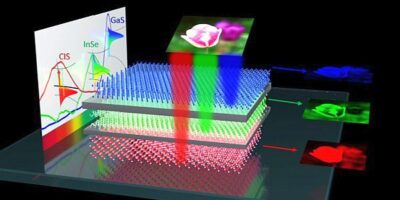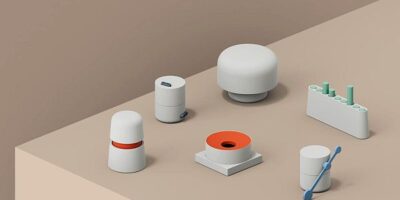

Webb space telescope cools to 6K to tackle dark current
The Mid-Infrared Instrument (MIRI) on the James Webb space telescope has dropped down to just a few degrees above absolute zero to tackle dark currents in the sensor.
The MIRI was built in the UK and jointly developed by the European Space Agency and NASA and has reached its final operating temperature below 7 K (-266 ºC) using an electrically powered cryocooler.
Along with Webb’s three other instruments, MIRI initially cooled off in the shade of Webb’s tennis-court-size sunshield, dropping to about 90 K (-183 ºC). The team has passed a particularly challenging milestone called the “pinch point” when the instrument goes from 15 K down to 6.4 K. This was necessary to avoid the impact of dark currents.
Related Webb articles
- Ruag technology boosts Webb space telescope
- European tech for James Webb Space Telescope launch
- Hubble space telescope restored after failure
- €200m satellite to explore other planets in the galaxy
“I am delighted that after so many years of hard work by the MIRI team the instrument is now cold and ready for the next steps. That the cooler worked so well is a major achievement for the mission,” said Gillian Wright, European principal investigator for MIRI and Director of the UK Astronomy Technology Centre (ATC).
“The MIRI cooler team has poured a lot of hard work into developing the procedure for the pinch point,” said Analyn Schneider, project manager for MIRI at NASA’s Jet Propulsion Laboratory in Southern California, USA. “The team was both excited and nervous going into the critical activity. In the end it was a textbook execution of the procedure, and the cooler performance is even better than expected.”
The low temperature is necessary because all four of Webb’s instruments detect infrared light. Distant galaxies, stars hidden in cocoons of dust, and planets outside the Solar System all emit infrared light. MIRI detects longer infrared wavelengths than the other three instruments, which means it needs to be even colder.
+MORE




